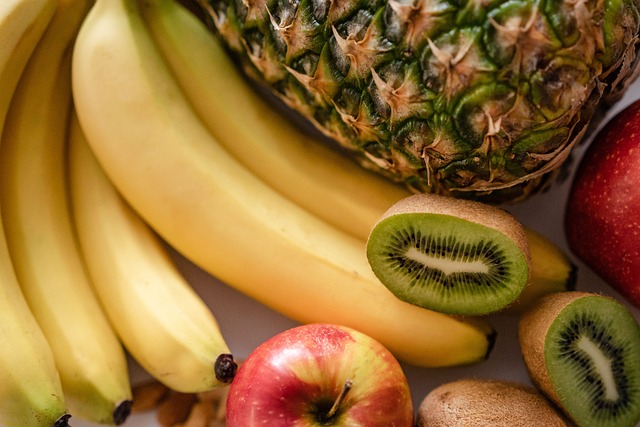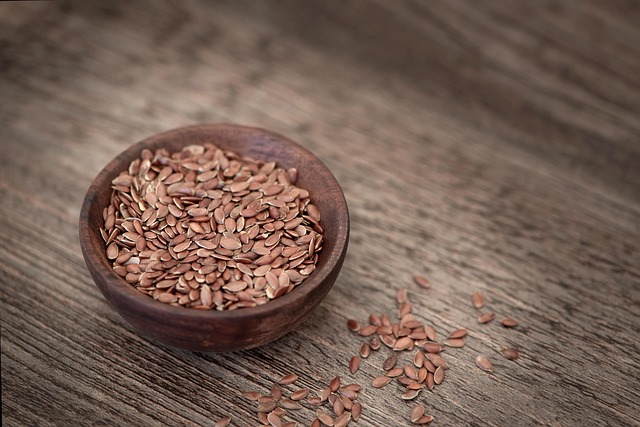In a world where global supply chains bring avocados from Mexico, strawberries from California, and mangoes from India to our grocery stores year-round, it’s easy to forget that food has its own natural rhythm. Eating seasonally—choosing fruits and vegetables that are naturally harvested at specific times of the year—is not only a return to simpler, more mindful eating habits but also a practice with profound benefits for both personal health and the planet. In this article, we’ll explore why eating seasonally is worth considering and how it can transform your relationship with food.
What Does Eating Seasonally Mean?
Eating seasonally means consuming foods that are naturally ripe and available during certain times of the year in your local area. For example, asparagus peaks in spring, berries thrive in summer, squash abounds in autumn, and root vegetables like carrots and potatoes are staples of winter diets. This approach contrasts sharply with the modern norm of eating whatever we want, whenever we want, regardless of the season or origin.
By aligning our diets with nature’s cycles, we reconnect with the rhythms of the Earth while enjoying fresher, tastier, and more nutritious produce.
Health Benefits of Eating Seasonally
1. Higher Nutritional Value
Fruits and vegetables lose nutrients over time, especially when they are picked before ripening and transported long distances. Seasonal produce, on the other hand, is often harvested at peak ripeness and sold locally, ensuring maximum nutrient density. For instance, spinach grown in the cool spring months contains higher levels of vitamin C compared to spinach shipped from another hemisphere.
2. Better Taste and Flavor
Have you ever bitten into a bland tomato in December or a watery strawberry in January? Out-of-season produce is frequently bred for durability rather than flavor and may be artificially ripened using gases or chemicals. Seasonal foods, however, are allowed to mature naturally, resulting in richer flavors and juicier textures.
3. Diverse Diet Rotation
Eating seasonally encourages variety in your diet. Instead of relying on the same handful of fruits and vegetables all year, you’ll naturally rotate through different options based on what’s available each season. This diversity ensures you’re getting a wide range of vitamins, minerals, and antioxidants, which supports overall health and reduces the risk of nutritional deficiencies.
4. Supports Gut Health
Seasonal eating often includes more whole, unprocessed foods, which are rich in fiber and beneficial for gut bacteria. Fermented seasonal foods, such as sauerkraut made from fall cabbage or kimchi prepared with summer radishes, further enhance digestive wellness.
Environmental Benefits of Eating Seasonally
1. Reduces Carbon Footprint
Transporting food across continents requires significant energy, contributing to greenhouse gas emissions. By choosing seasonal, locally grown produce, you help reduce the environmental impact associated with long-distance shipping and refrigeration.
2. Promotes Sustainable Farming Practices
Seasonal eating supports farmers who grow crops according to natural growing cycles rather than relying on resource-intensive methods like greenhouses or artificial irrigation. These practices preserve soil health, conserve water, and protect biodiversity.
3. Minimizes Food Waste
When food is grown out of season, it often requires additional interventions to survive unnatural conditions, leading to higher rates of spoilage and waste. Seasonal produce, however, thrives in its optimal environment, reducing losses along the supply chain.
4. Encourages Local Economies
Buying seasonal produce from local farmers’ markets or community-supported agriculture (CSA) programs strengthens regional economies. It also fosters a deeper connection between consumers and producers, creating a sense of shared responsibility for sustainable food systems.
How to Start Eating Seasonally
Transitioning to a seasonal diet doesn’t have to be overwhelming. Here are some practical steps to get started:
1. Learn What’s in Season
Research the growing seasons for your region. Many countries have online guides or apps that provide information about seasonal produce. For example:
- Spring: Asparagus, peas, rhubarb
- Summer: Berries, tomatoes, zucchini
- Autumn: Apples, pumpkins, kale
- Winter: Citrus fruits, Brussels sprouts, root vegetables
2. Shop at Farmers’ Markets
Farmers’ markets are excellent places to find fresh, seasonal produce directly from growers. Not only do you support small-scale agriculture, but you also gain access to unique varieties that aren’t typically found in supermarkets.
3. Preserve the Harvest
To enjoy seasonal foods year-round, consider preserving them through freezing, canning, pickling, or fermenting. For example, freeze summer berries for smoothies or make apple sauce from autumn apples.
4. Grow Your Own Food
If space allows, start a small garden. Even a few pots of herbs or a single raised bed can provide fresh, seasonal ingredients right outside your door.
5. Embrace Simplicity
Focus on simple recipes that highlight the natural flavors of seasonal ingredients. A roasted beet salad in winter or a refreshing cucumber gazpacho in summer showcases the beauty of eating with the seasons.
Challenges of Eating Seasonally
While there are numerous advantages to eating seasonally, it’s important to acknowledge potential challenges:
- Limited Variety in Certain Climates: Some regions may have fewer options during harsh winters.
- Convenience vs. Commitment: Accessing seasonal produce might require extra effort, such as visiting multiple stores or planning meals ahead.
- Cost Fluctuations: Seasonal items can sometimes be pricier due to limited availability.
Despite these hurdles, the long-term rewards—both for your health and the environment—make the effort worthwhile.
Final Thoughts
Eating seasonally is more than just a trend; it’s a way of life that honors the natural cycles of the Earth and promotes holistic well-being. By embracing seasonal foods, you nourish your body with nutrient-dense, flavorful ingredients while supporting sustainable farming practices and reducing your ecological footprint.
The next time you sit down to a meal, ask yourself: “Is this food in harmony with the season?” Choosing to eat seasonally is a small yet powerful step toward a healthier you and a healthier planet.









